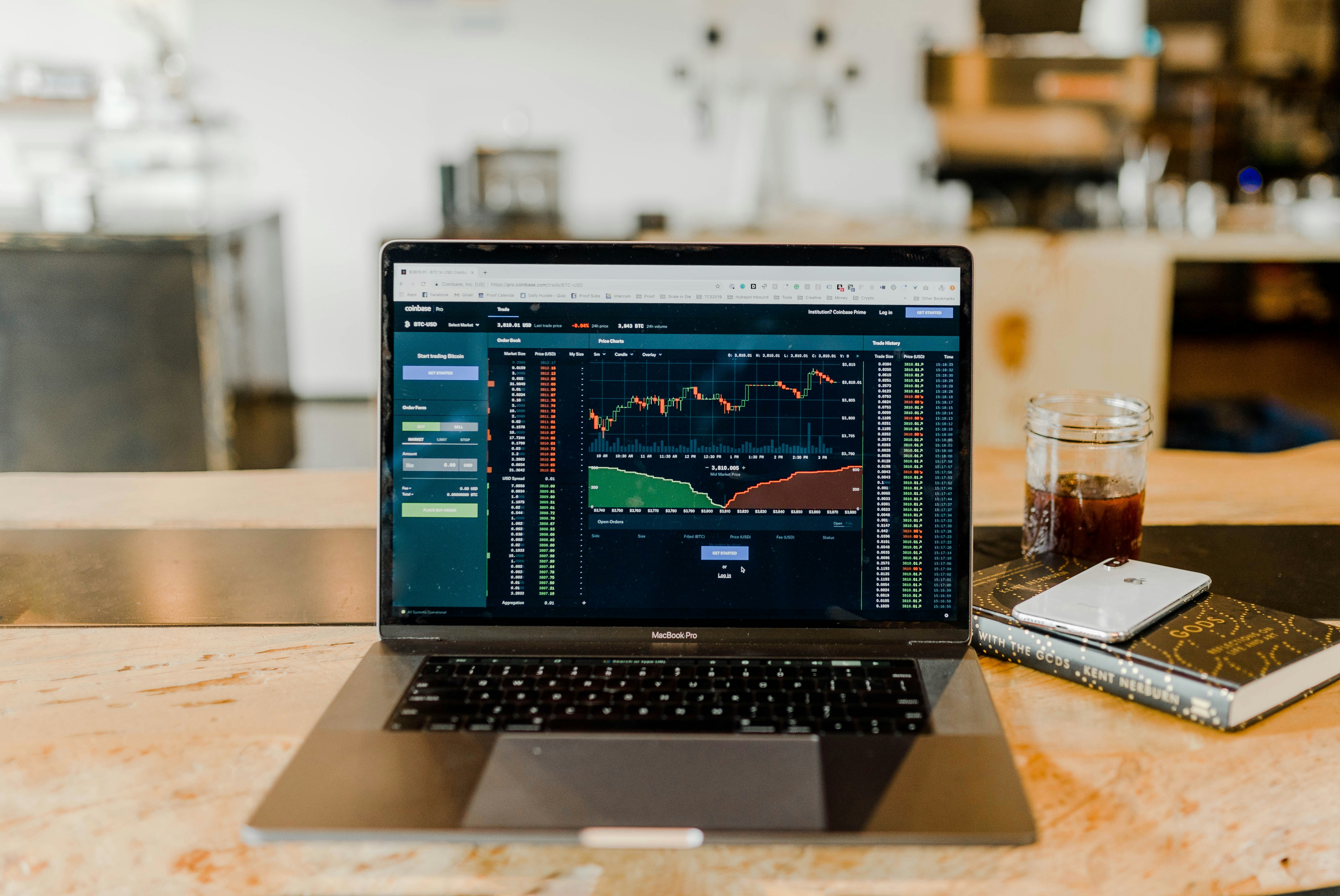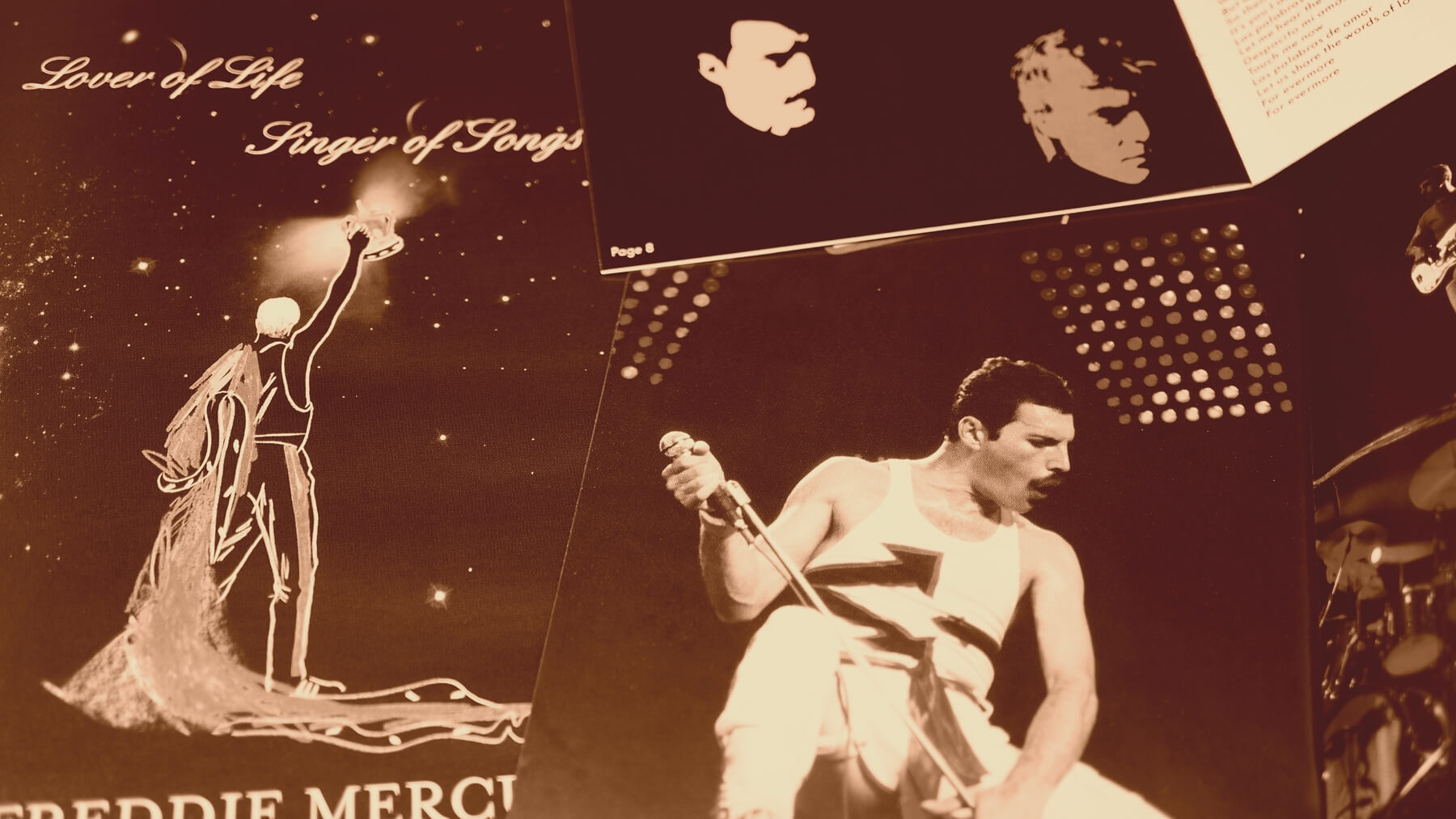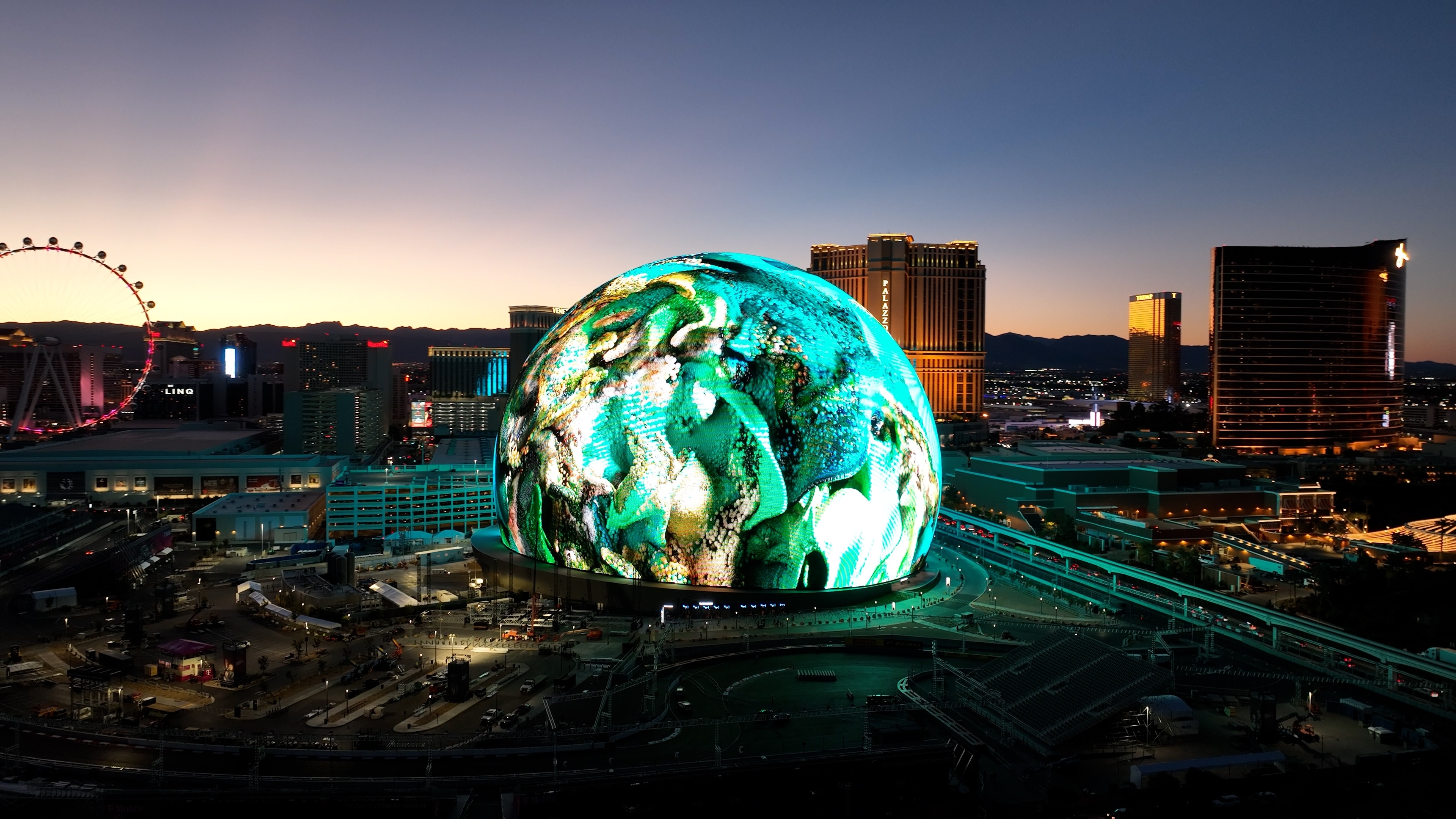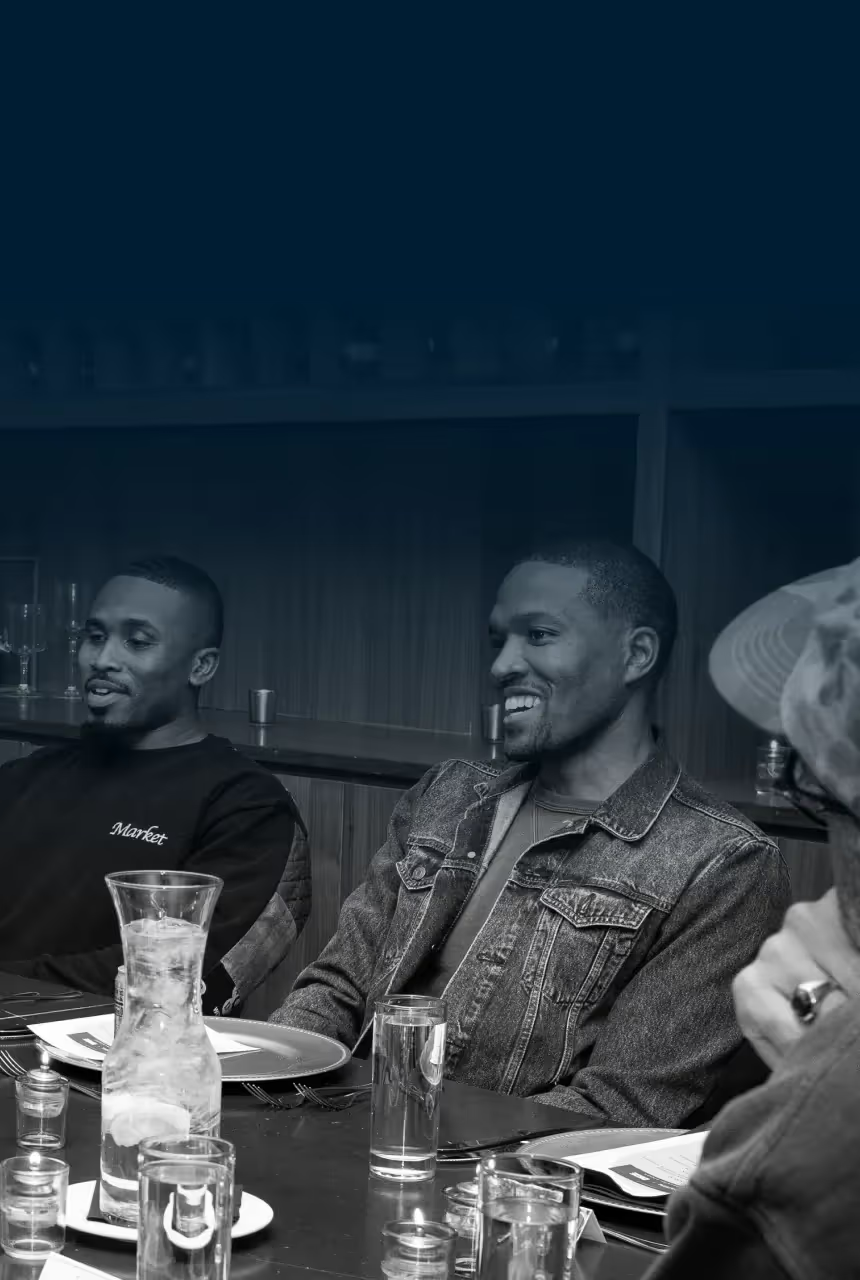This memo is presented by Chartmetric.

Our friends at Chartmetric just published the 2025 Make Music Equal Report, which measures the structural inequities of today's music industry. It confirmed a few of my assumptions about the gender imbalance in power, but I also learned a few things, including:
“Among the top 10 male artists by Chartmetric score, female followers outnumbered male followers for all but three hip-hop artists: Drake, Eminem, Kendrick Lamar. Meanwhile, the top 10 female artists saw female fans dominate across the board.”
Based on my research, Instagram's global user base is split pretty evenly, so it's a noteworthy insight about hip-hop fans.
Today’s episode, Tuma Basa, YouTube’s director of Black Music, returns to the show to discuss the latest at YouTube, the role of curators in an algorithmically-driven world, and more.
You can listen here or read below for a few highlights from our conversation.
The "mainstream to me" concept extends to the conversation I had with Tuma, YouTube's Director of Music Culture. His career in entertainment was steeped in curation. At BET, MTV, and the early days of Spotify's RapCaviar, Tuma's ears and eyes informed what the rest of us vibed with. The algorithms weren't as powerful. The taste of a key decision-maker reigned supreme, especially in music.
Technically, even back then, there was an element of "mainstream to me," since a VH1 fan may not have watched BET's 106 & Park, or an Apple Music listener wasn't as influenced by the RapCaviar playlist. But the "me" wasn't as personalized as it is today.
At YouTube, Tuma's role still involves curation, but it's evolved for today. The artists that he and his team at YouTube choose to support are selected based on a likely mix of organic traction and Tuma and his team's taste. This is true for most platforms with a large audience.
Yet this fragmentation makes it paradoxically harder than ever to break through, despite the "mainstream to me" dynamic. With audiences scattered across countless personalized feeds, achieving true cultural moments becomes more difficult.
But here are a few platforms that, if used well, can punch slightly above the rest:
• NPR Tiny Desk. As we've discussed, a strong and memorable performance here can take an emerging artist to new heights, like Chappell Roan, or an established act to renewed fandom, like Usher.
• Interviews with drama-filled quotes. We may tell ourselves we're above celebrity drama, but most of us aren't. We attach ourselves to the drama between celebrities and moguls. For instance, Pusha T is a brilliant and methodical storyteller, whether it's in an interview or on a track. On the promo run for Clipse's latest album, he's spoken extensively about his issues with both Kanye West and Travis Scott. I believe that he believes every word, but he's also aware of the reach that the interviews will have if he speaks on both artists, which helps the reach of his music.
• Freestyle on a radio appearance. Shows like Power 106's LA Leakers are known for some of the most memorable freestyles, like J Cole, The Game, and Symba. Similar to Tiny Desk, the appeal is a stripped-down version of the music. There's no hiding behind autotune, filters, or other effects.
What other platforms do you think give artists the best shot at breaking through today?
Hope you listen to the full episode, Tuma and I also discussed the role of YouTube Shorts, the growing influence of AI, and which genres of music may be the next to have their big moment.
Listen here: Spotify | Apple Podcasts | Overcast
Chartmetric Stat of the Week - Clipse in the streaming era
Clipse’s last album before 2025’s Let God Sort Em Out was 2009’s Till The Casket Drops, so this is their first true release of the streaming era. Both Pusha T and Malice’s names are on all the tracks, which likely helps capture searches for people typing in one brother’s name to find the album. Clipse’s Spotify monthly listeners have grown from around 500k in April to over 3 million today.


.avif)







